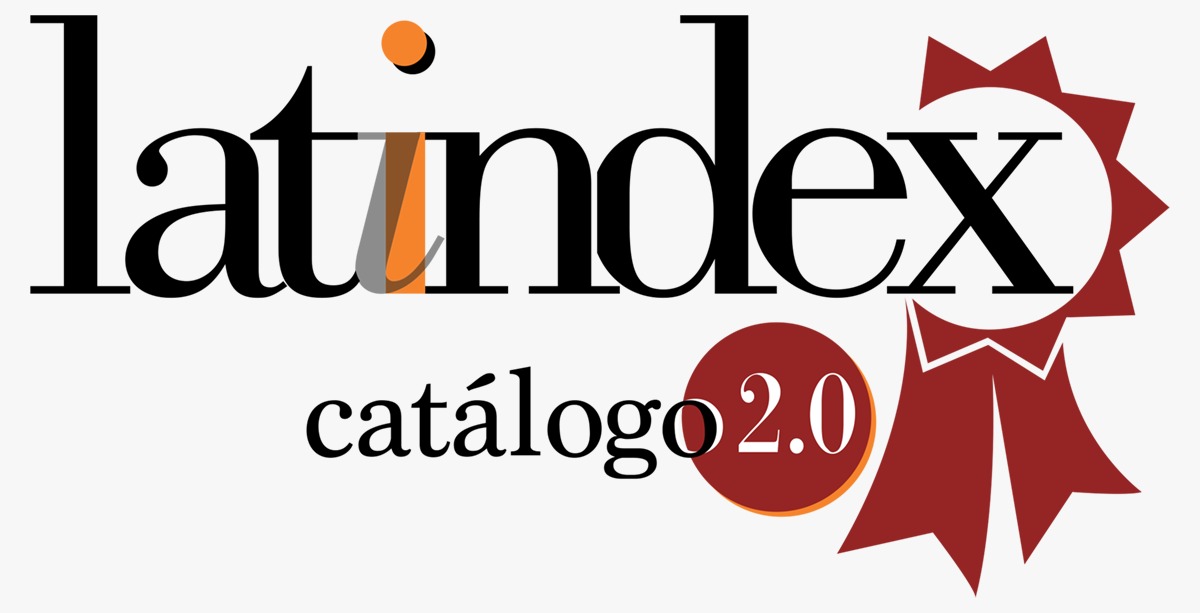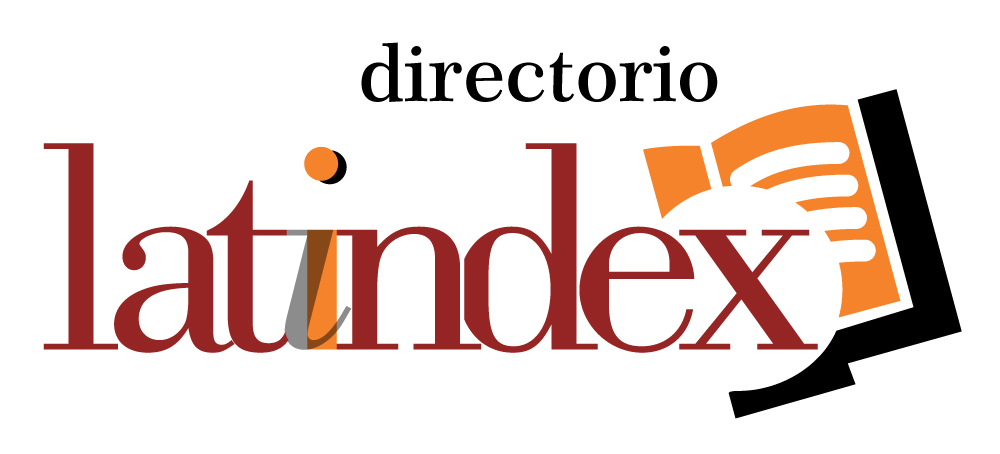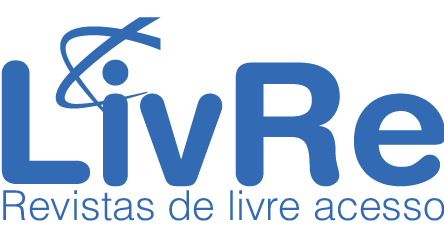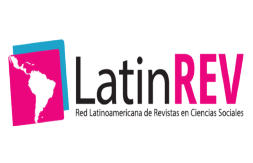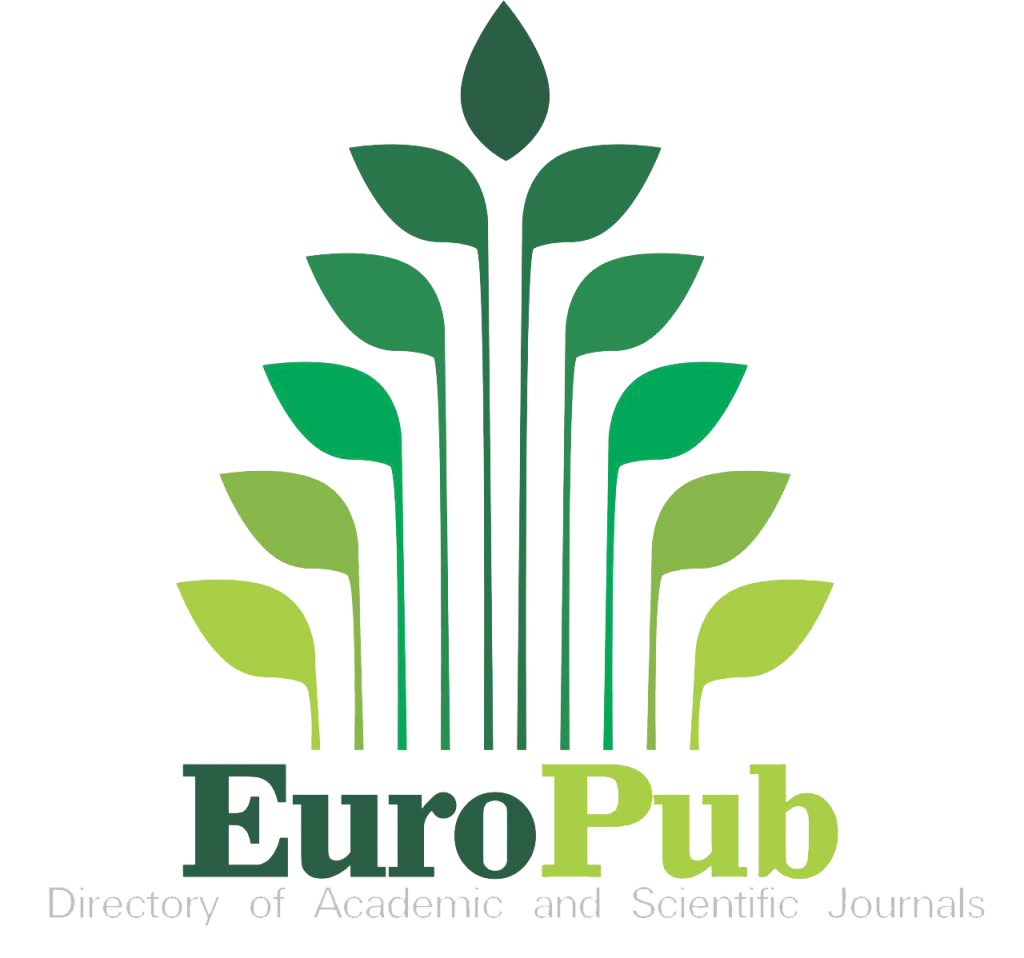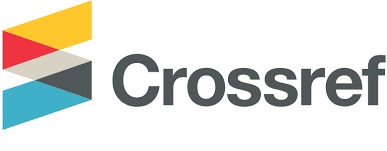The Complex Relationship between High IQ, Academic Performance, and Emotional Intensity: A Multidimensional Neuroscientific and Genomic Analysis
DOI:
https://doi.org/10.57188/RICSO.2025.746Keywords:
Giftedness, Academic performance, Emotional intensity, Cognitive neuroscience, Genetics of intelligenceAbstract
This research analyzes the complex relationship between high IQ, academic performance, and emotional intensity from a neuroscientific and genomic perspective. Although high cognitive ability is traditionally associated with better academic results, empirical data and neurobiological evidence reveal that individuals with profound giftedness (IQ > 145) often perform below expectations academically. This paradox is attributed to a neural architecture that favors high synaptic intensity, resulting simultaneously in advanced abstract reasoning and greater emotional vulnerability. The role of hyperconnectivity between the prefrontal cortex, the limbic system, and other brain structures stands out, as does the impact of neurochemical modulation involving dopamine, serotonin, and glutamate. Data obtained from the “Gifted Debate” group corroborate that factors such as intrinsic motivation, emotional stability, and executive regulation are determinants of academic success, often more relevant than IQ itself. In addition, profiles of dual exceptionality, such as giftedness associated with ADHD or Autism Spectrum Disorder, reinforce the need to understand the neurobiological and emotional singularities of these individuals. It is concluded that school performance is the result of the interaction between intelligence, executive functioning, emotional stability, motivation, and environment, making it essential to adopt a holistic and personalized approach for the full development of highly skilled individuals.
Downloads
Downloads
Published
Issue
Section
License
Copyright (c) 2025 International Journal of Social Sciences

This work is licensed under a Creative Commons Attribution-NonCommercial-NoDerivatives 4.0 International License.
The journal is a free open access dissemination medium. This journal and its articles are published under the Creative Commons Attribution-NonCommercial-NoDerivatives 4.0 International License (CC BY-NC-ND 4.0).

